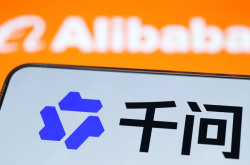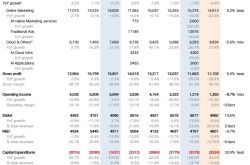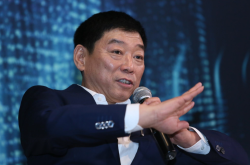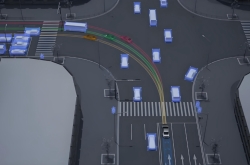Wei Jianjun: 'The Haval H6 brand cannot be ruined.'
![]() 11/20 2025
11/20 2025
![]() 447
447

Introduction
The success of the Haval H6L depends not only on the competitiveness of the product itself but also on Haval's overall strategy in electrification transformation.
In today's era dominated by new energy, the market landscape has already turned a new page. Popular models in various segments are frequently topping the charts by domestic brands, making Chinese car enthusiasts proud. Ranking these models has become a delightful challenge for fans.
This delightful challenge is not new; it also existed during the era of fuel-powered vehicles.
The 'SUV Triumvirate' composed of the Haval H6, Geely Boyue L, and Changan CS75 PLUS used their tangible product strength and sales to prove the worth of domestic vehicles, reclaiming market dominance and cultivating a generation of consumers' trust in Chinese-made cars, marking a milestone in the history of China's automotive industry.
Among them, the Haval H6 is a particularly representative model.
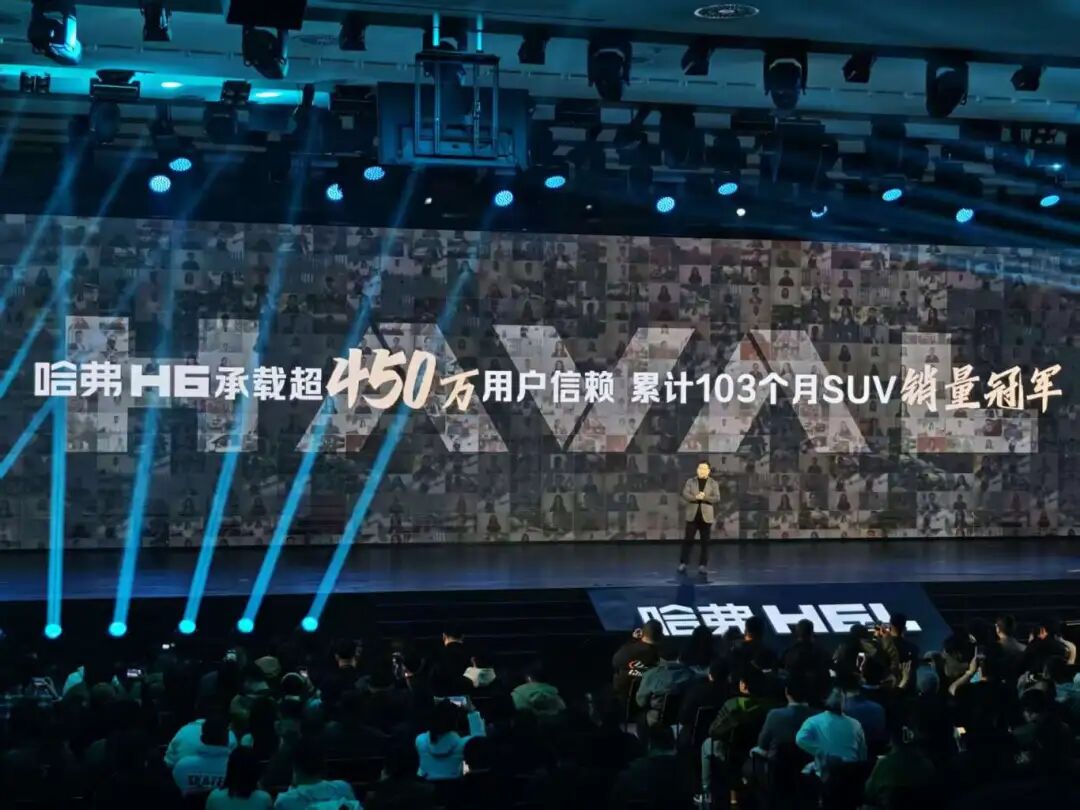
Since the launch of its first-generation model in 2011, the Haval H6 has held the title of China's best-selling SUV for a cumulative 103 months, with cumulative sales exceeding 4.5 million units. This achievement is unprecedented not only in Chinese automotive history but also rare in the global market. At its peak, monthly sales of the Haval H6 exceeded 85,000 units. This 'phenomenal' sales performance has made the Haval H6 a true 'national icon.'
Based on the success of the Haval H6, Wei Jianjun, Chairman of Great Wall Motors, did not hesitate to praise his 'child' when discussing the Haval H6, proudly stating, 'Before the launch of the first-generation Haval H6, the market share of domestic SUVs was very low... Look at it now, SUVs almost account for 50% of the market share, and the Haval H6 has played a significant role in this.'
Data does not lie.
In 2010, SUV sales reached 1.326 million units, accounting for 9.6% of the total passenger vehicle sales of 13.7578 million units, a historic high at the time. Going back five years (2005), the market share of SUVs was only 4.9%.
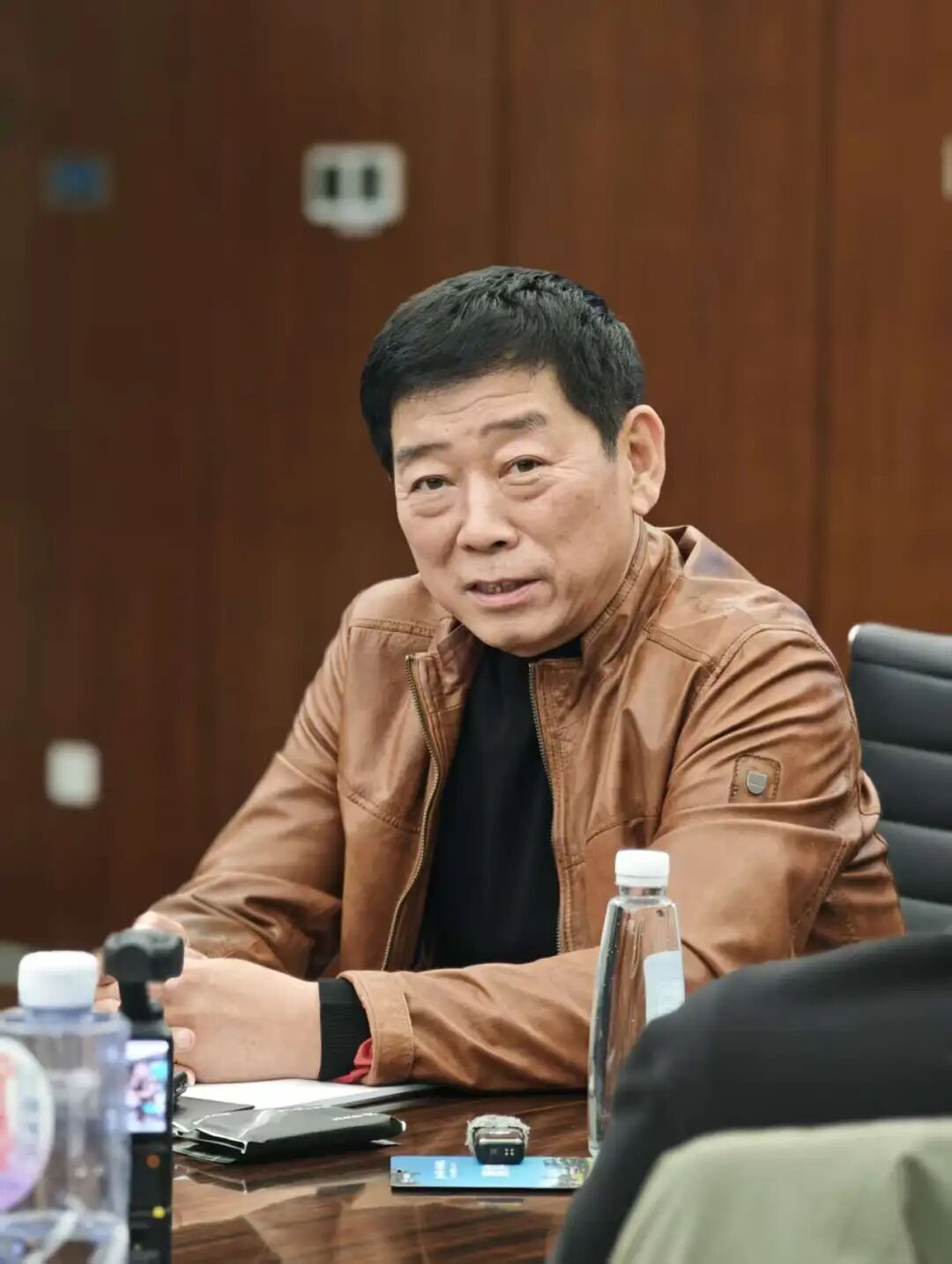
Later, it was the emergence of outstanding domestic SUVs, one after another, that successfully broke this trend, elevating SUVs to a new height and leading a new trend in automotive consumption. Considering the achievements of the Haval H6 in the past, Wei Jianjun firmly stated in an interview before the launch of the new Haval H6L, 'The Haval H6 brand, this IP, cannot be ruined.'
01 Legendary Sales: A Fading Myth?
'For less than half the price of a joint-venture car, you can drive a stylish and spacious SUV.'
When the first-generation Haval H6 was launched in 2011, with a starting price of less than 100,000 yuan and a top-end price of less than 150,000 yuan, it successfully lit up the dream of many families owning their first SUV with its more cost-effective price and product strength comparable to joint-venture SUVs. It also sparked widespread discussions that 'domestic cars can be so reliable.' In the same year, the new Haval H6 sold tens of thousands of units within a few months.
The Haval H6's dark horse status and consistently strong performance directly transformed Haval from a single model into a brand—the Haval brand officially became independent from Great Wall Motors, and the Haval H6 proudly displayed its more representative red logo. This move was akin to a coming-of-age ceremony for a young person. Subsequently, the Haval H6 broke through the long-standing dominance of the Honda CR-V and Volkswagen Tiguan, securing the top spot in China's SUV sales for many consecutive years, with a market share once locked at around 20%.

In November 2015, the Great Wall Motors factory production line erupted in cheers—the one-millionth Haval H6 rolled off the assembly line! This was the first SUV model from a Chinese brand to surpass one million units in production. The white H6 adorned with a large red flower on the production line witnessed China's manufacturing breakthrough. Later, in 2016, it reached a peak annual sales figure of 580,000 units, surpassed 3 million units in 2019, and by 2023, its global cumulative sales exceeded 4 million units, continuously breaking sales records.
During this period, the Haval H6 danced with the times, participating in and witnessing a cycle of upward momentum for domestic brands.
The success of the Haval H6 and its peers completely shattered the outdated notion that 'joint ventures are always better than domestic.' It directly made consumers realize that they could buy domestic cars with product strength that comprehensively surpassed joint ventures at a lower cost. The establishment of this confidence has had an immeasurable impact, paving the way for all subsequent attempts by domestic premium brands.
However, no company succeeds forever, only those that adapt to the times. This phrase also applies to the Haval H6.
The rise of the Haval H6 coincided with the wave of consumption upgrades in China's automotive market. With the acceleration of urbanization and the growth of family travel needs, the SUV market experienced explosive growth. The Haval H6 quickly became the biggest beneficiary of this trend with its first-mover advantage.
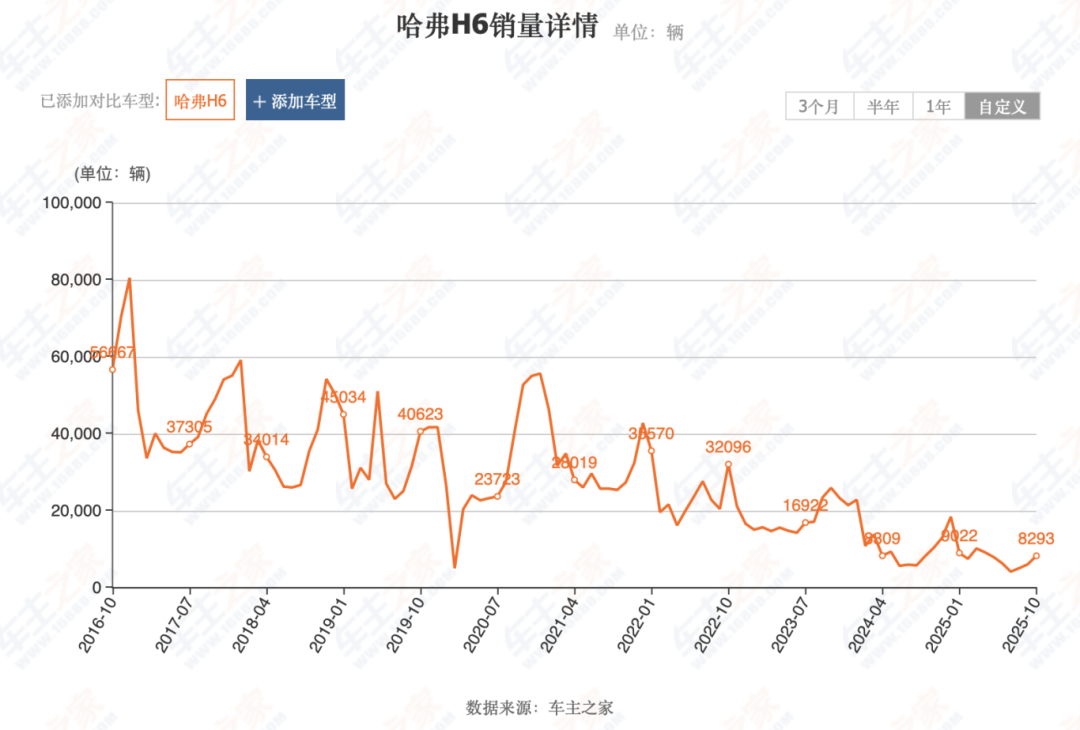
However, the market never stops changing. With the evolution of the times and the occurrence of transformations, many once-popular products have experienced varying degrees of decline, and some former kings have even been eliminated by the market.
The Haval H6 is no exception. Since 2023, its sales have begun to decline sharply. In October 2025, its monthly sales were only 8,293 units, not only struggling in the competition for the SUV sales chart but also no longer the sales leader within the Haval brand. This former 'king' seems to be rapidly losing its market dominance.
But this does not mean that the Haval H6 has done anything wrong.
In recent years, the popularity of new energy vehicles has far exceeded expectations. By 2025, the penetration rate of new energy vehicles in China has exceeded 50%, and the SUV market has become the main battlefield for electrification transformation. Brands such as BYD, Tesla, NIO, and Li Auto have rapidly seized market share with their electric technology and intelligent experience. In contrast, as a fuel-powered vehicle, the Haval H6 faces dual pressure from policy orientation and consumer preferences.
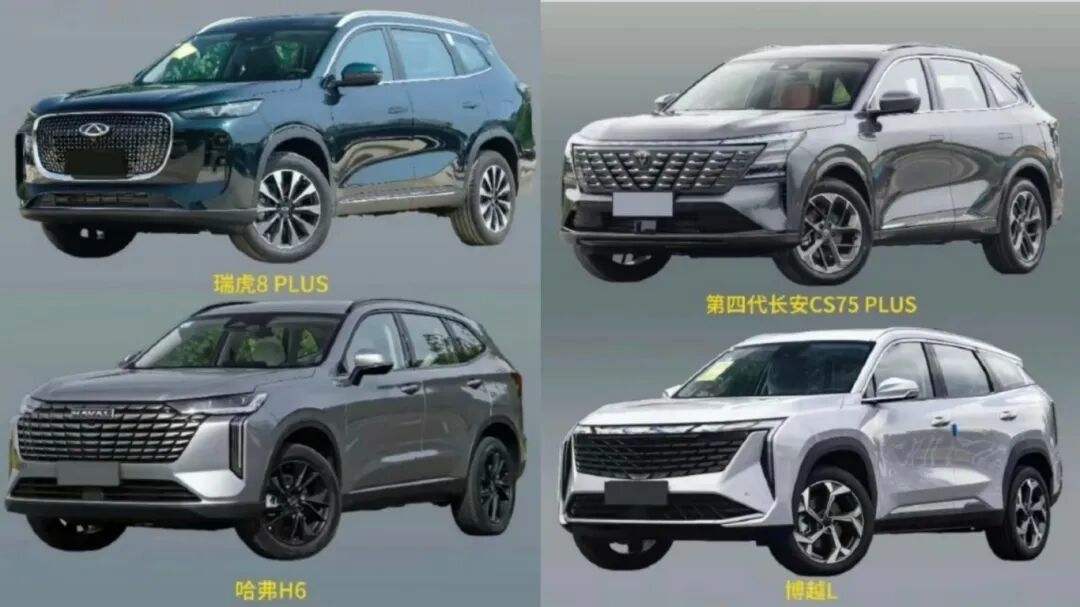
The former 'SUV Triumvirate'—Haval H6, Geely Boyue L, and Changan CS75 PLUS—are all facing fierce competition from new energy models. For example, models such as the BYD Song Pro, Li Auto L6, and Seres M5 have begun to show potential in terms of space, configuration, and energy consumption performance, while the veterans are gradually losing ground in the competition due to their lag in powertrain technology and intelligence.
02 Seeking a Breakthrough for the Golden Brand
Faced with continuously declining sales, the Haval brand has not given up. Wei Jianjun's statement that 'the Haval H6 brand cannot be ruined' underscores Great Wall Motors' emphasis on this classic model.
In fact, the Haval H6 has been constantly trying new approaches to penetrate the market.
For example, in 2020, the third-generation Haval H6 debuted with the technology of the 'Lemon Platform,' showcasing a fuel-powered SUV capable of remote system upgrades like a smartphone (FOTA function), the first fuel-powered vehicle with a reserved 5G interface, and the only model in its class capable of automatic reverse tracing... Behind these technological terms lies an enhancement of the driving experience and an exploration spirit of the Haval H6.
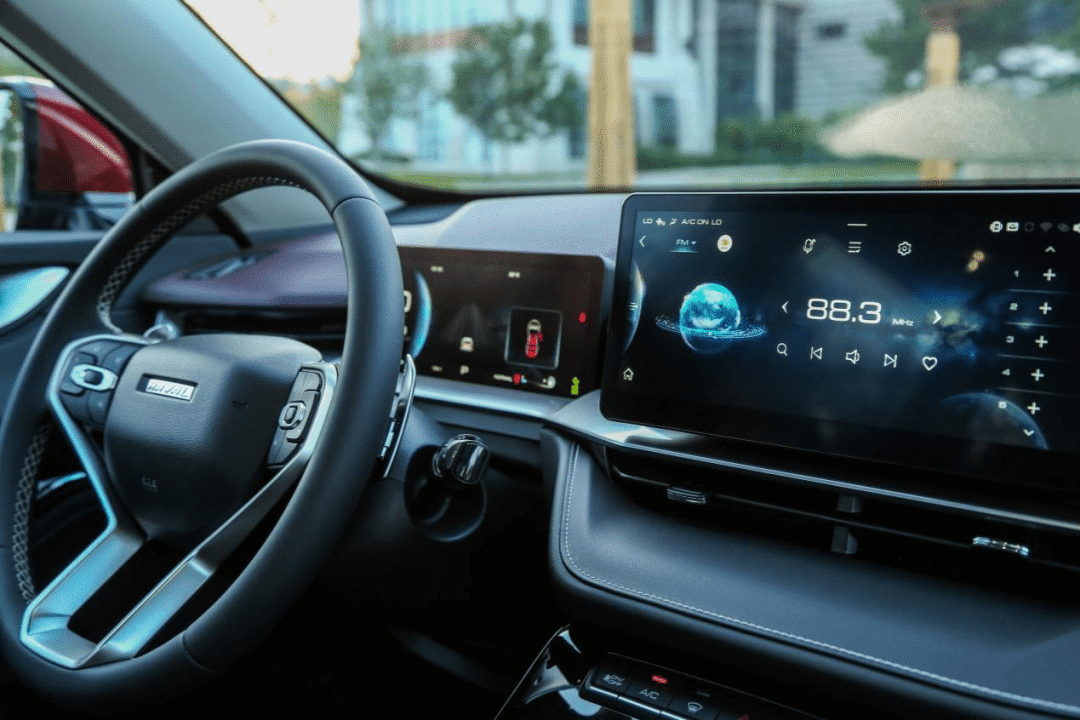
Furthermore, in response to the upgrade in user demand from 'pragmatism' to 'experientialism,' although the Haval H6 introduced a hybrid version after 2023 to provide consumers with more powertrain options.
However, the image of the Haval H6 as a 'national icon' has always been its greatest asset, but under the new consumption trend, this positioning has become a constraint. In contrast, the Haval H6 has gradually transformed its old image and shaped a more emotionally resonant brand image through youthful, personalized user engagement and brand storytelling.
Now, the Haval H6 brings its latest product, the Haval H6L, continuing to explore the future with a comprehensive upgrade in product strength.
Compared to the current H6, the Haval H6L has significantly increased in size. The extended length and wheelbase make it more competitive in terms of space, especially suitable for Chinese families' preference for 'large space.' Additionally, the standard L2-level driver assistance functions across all models mark a significant advancement in intelligence for the Haval H6L. These upgrades will enhance its competitiveness against new energy models.
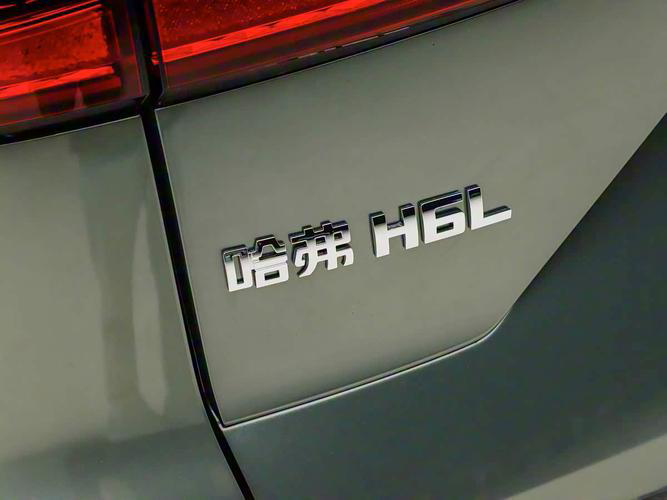
Another interesting point is that despite the trend toward new energy, the Haval H6L remains committed to the fuel-powered route. By enhancing product strength and cost-effectiveness, the Haval H6L hopes to re-establish its leading position in the still-substantial fuel-powered vehicle market.
As a once-'iconic' vehicle, the Haval H6 holds deep emotional significance in consumers' hearts. If the Haval H6L can build on its new attempts while inheriting the reliability and practicality of the H6, and achieve breakthroughs in appearance, technology, and driving experience, it has the potential to evoke nostalgia among old users and attract new ones.
However, the challenges faced by the Haval H6L cannot be ignored. For example, under the pressure of new energy models, the market space for fuel-powered vehicles is continuously shrinking; at the same time, the Haval H6L needs to maintain price competitiveness, and whether consumers will accept the starting price of 103,900 yuan remains to be seen; finally, the overall pace of Haval's electrification transformation will directly impact the market performance of the H6L.
Looking at the story of the Haval H6, it is undoubtedly a microcosm of the development of China's automotive industry. It once created its own era with precise market positioning and strong product strength; it also fell into a trough due to dramatic changes in the market environment and the rise of competitors. Now, the launch of the Haval H6L is both a tribute to Haval's past glory and an exploration of the future market.
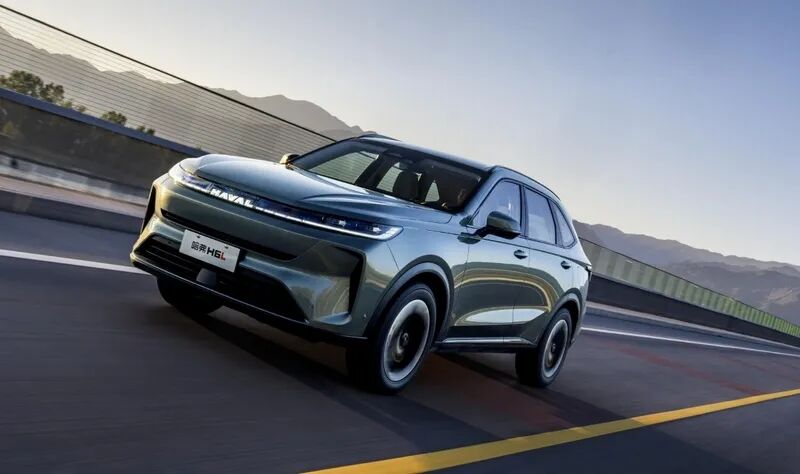
The success of the Haval H6L depends not only on the competitiveness of the product itself but also on Haval's overall strategy in electrification transformation. If Haval can continue to deepen technological research and development, accelerate its electrification layout, and stabilize its position in the fuel-powered vehicle market with the help of the H6L, then the Haval H6 brand still has the potential to continue its legend in the new era.
For the Chinese automotive industry, the rise and fall of the Haval H6 also remind all participants that the market is constantly changing, and only through continuous innovation and keeping up with the times can one remain invincible in fierce competition.
Editor-in-Chief: Li Sijia Editor: He Zengrong
THE END

